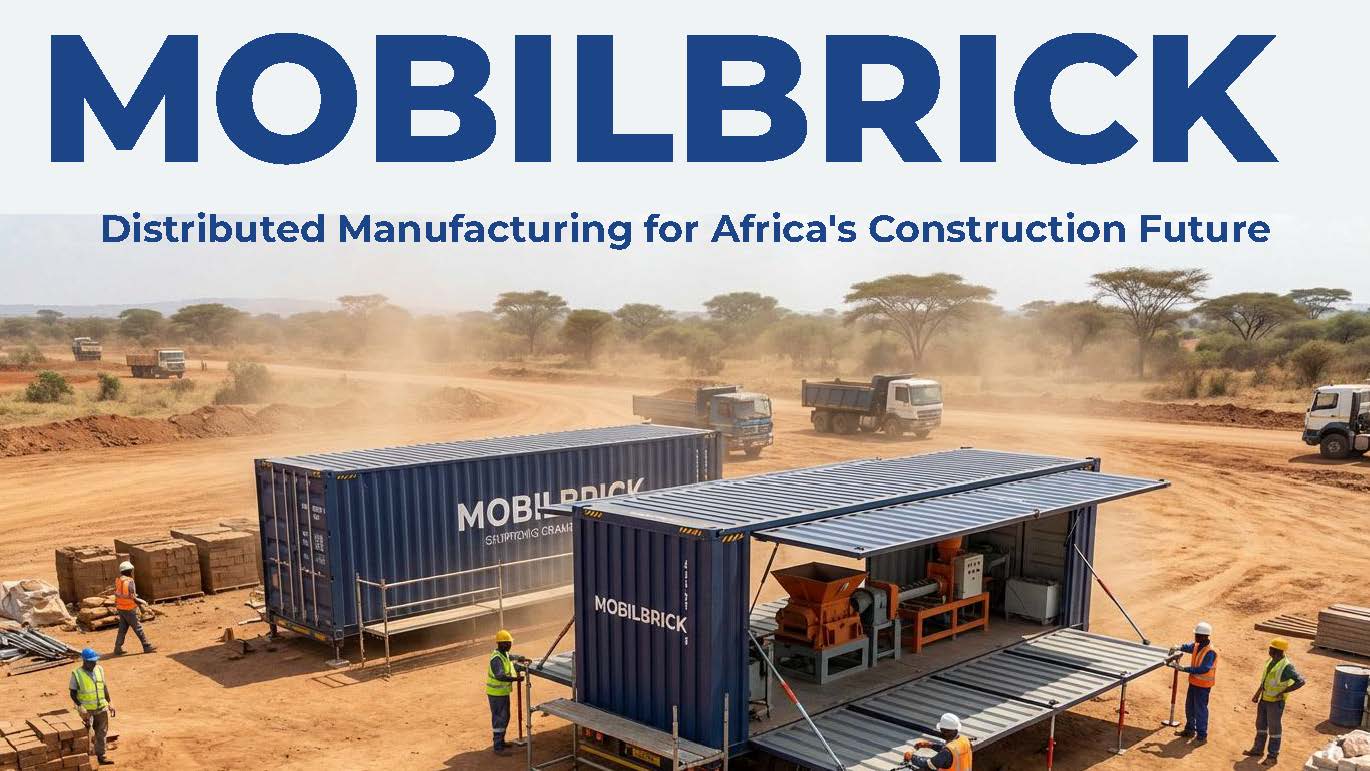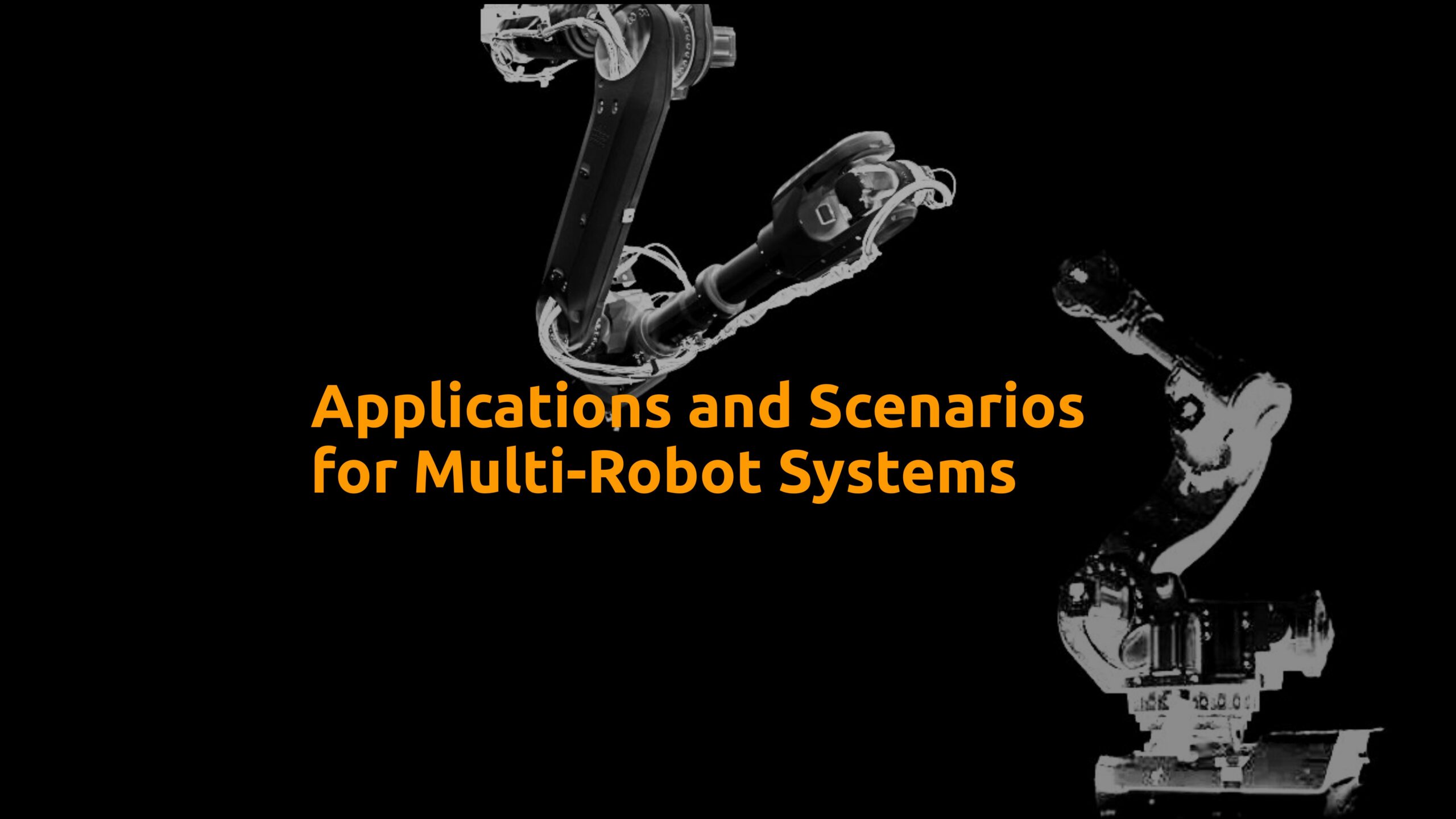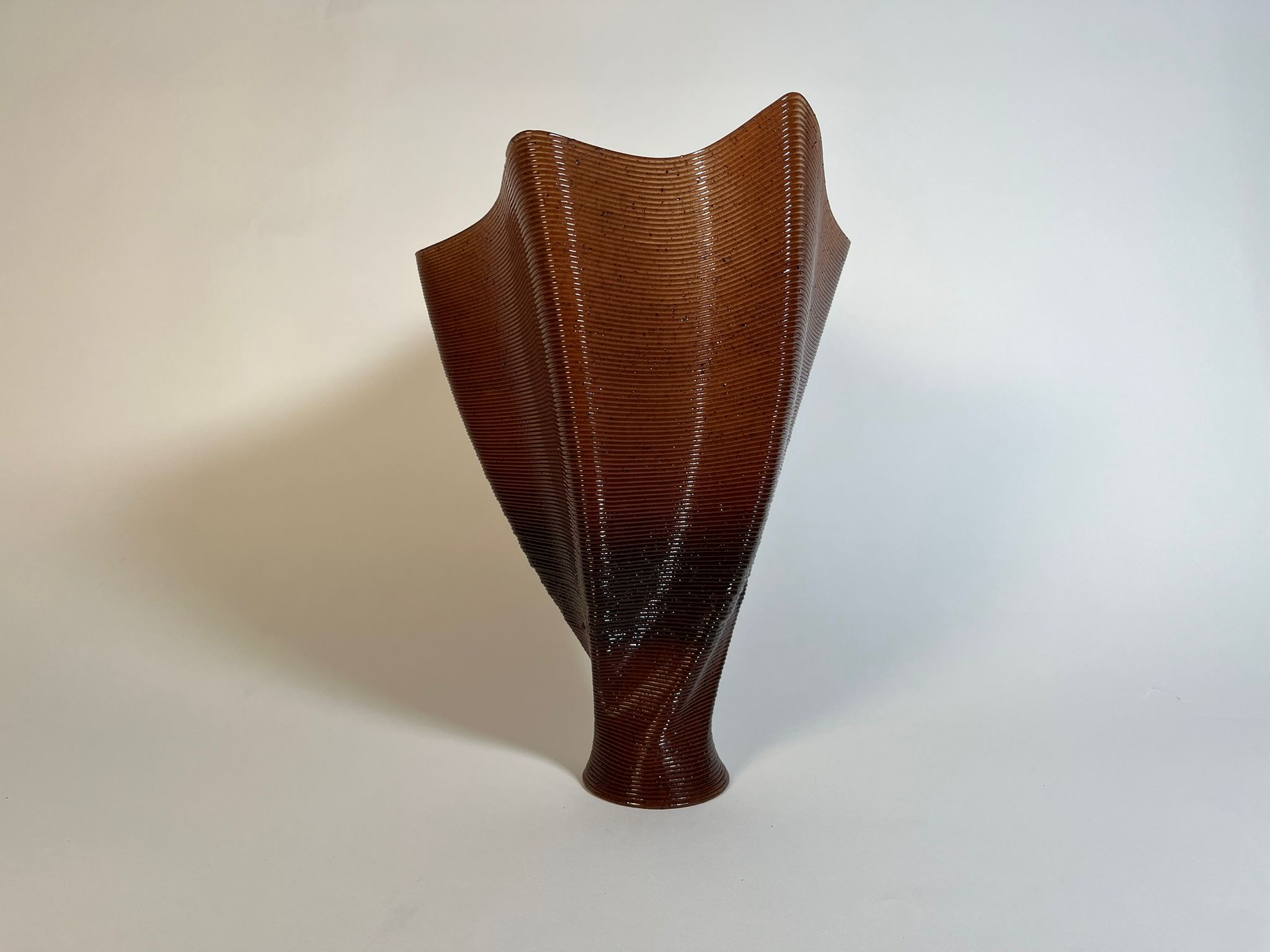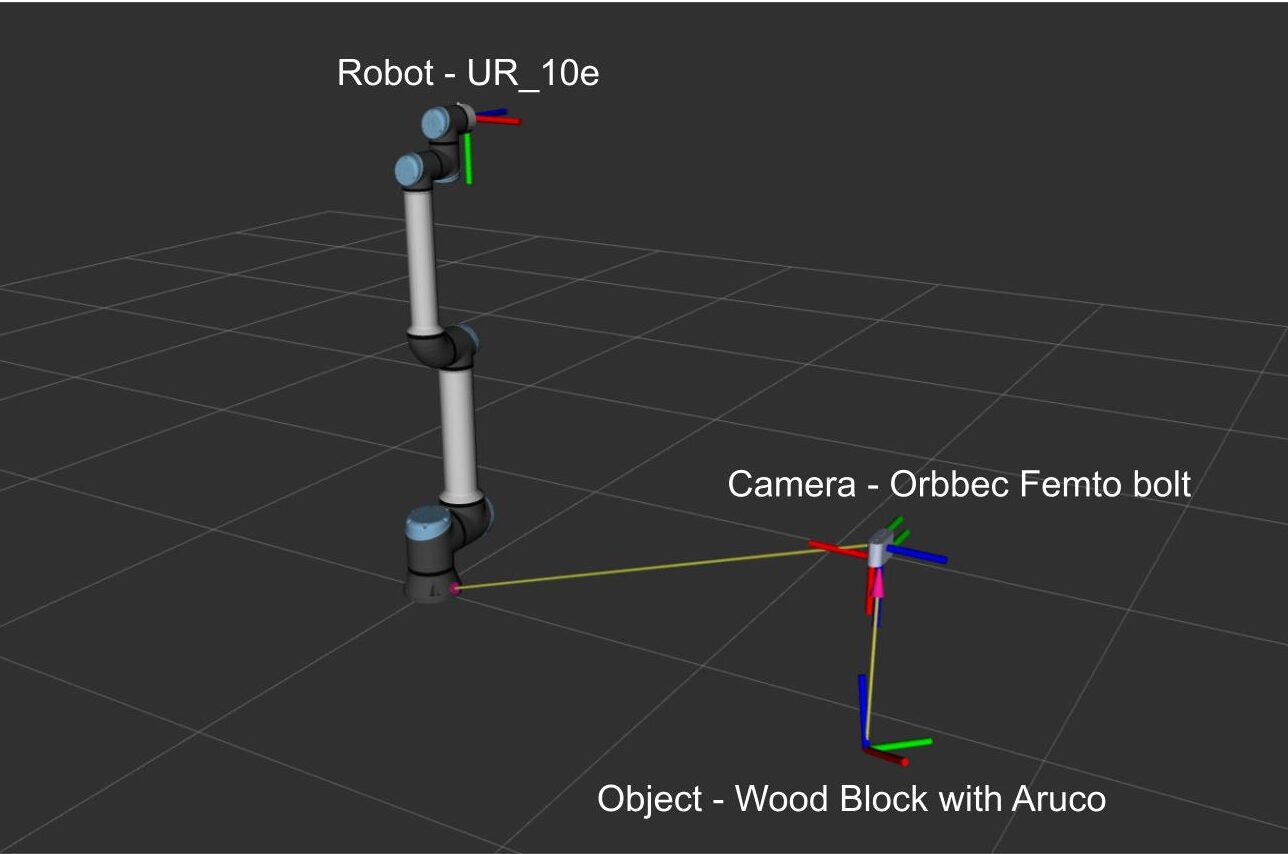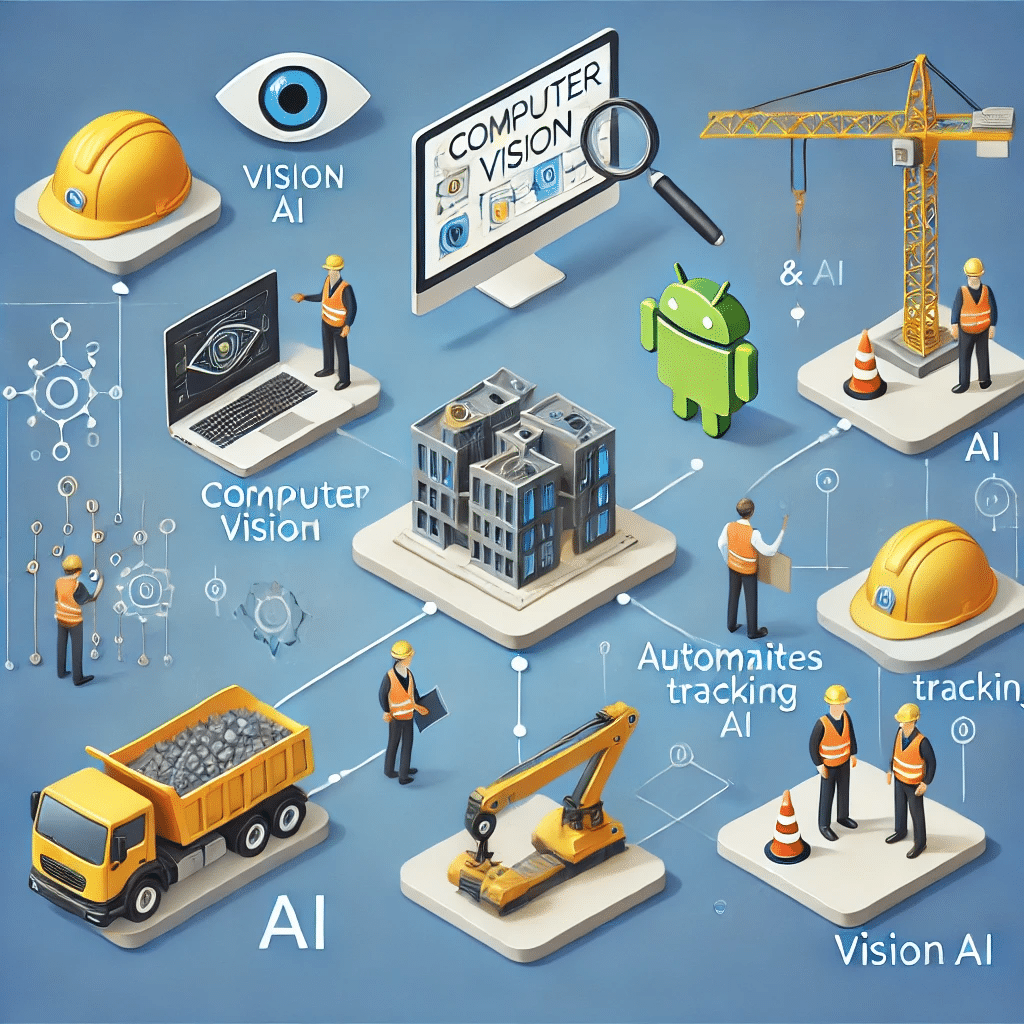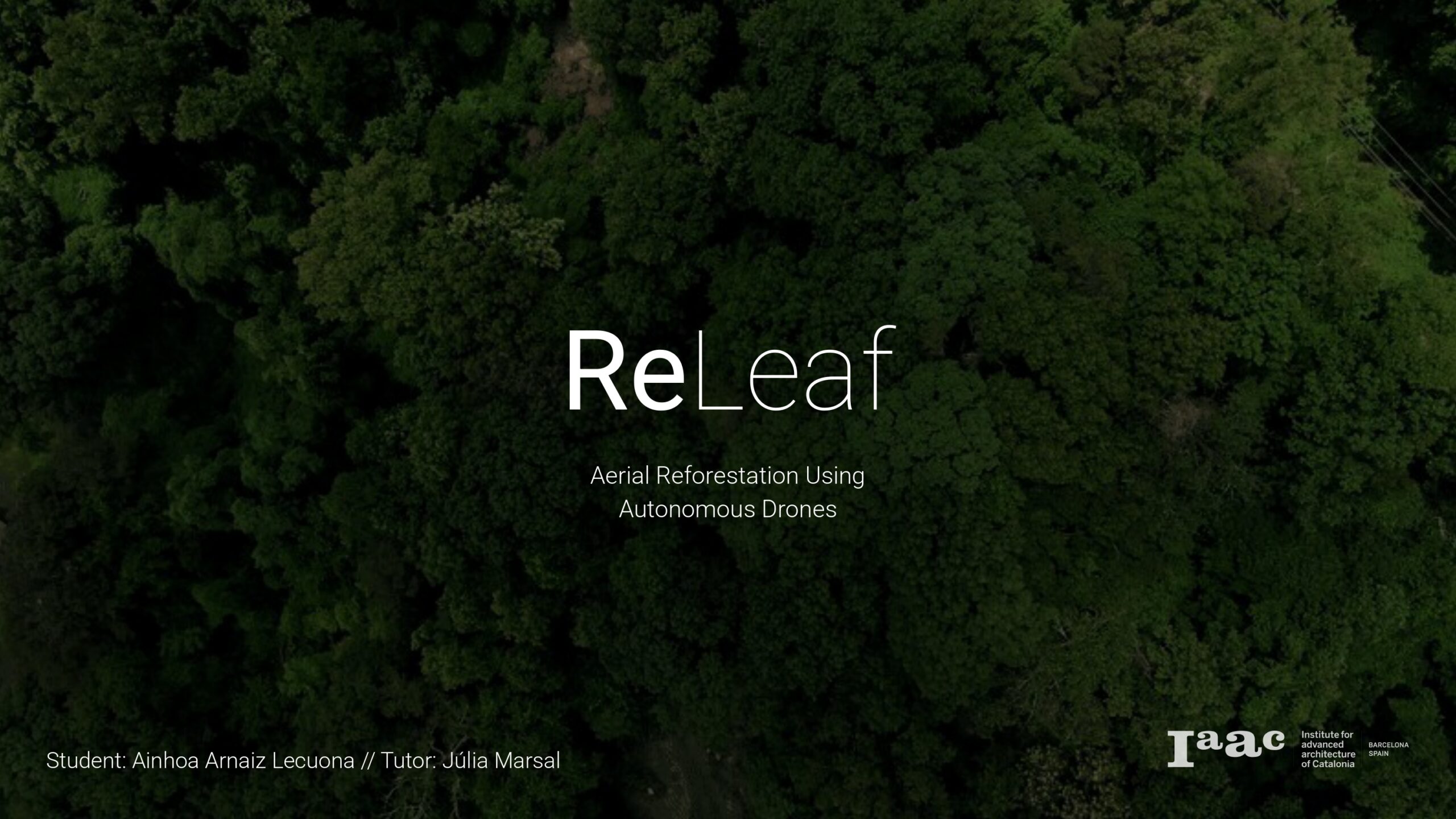Targeted toward students’ future careers in Academia, Start-up, or Industry, the second year of the Master in Robotics and Advanced Construction offers the opportunity to develop a thesis project with the support of IAAC infrastructure, experts and network.
The development of the project will be supported by advanced seminars in Technology, Theory, and Business to bring the proposal state of the art research that can really impact the construction industry.
In parallel to the development of the Thesis Project Studio, the second year of the Master in Robotics and Advanced Construction offers a series of seminars enhancing the theoretical, practical, and digital skills of the students. Students will also have the occasion to join cross-disciplinary workshops to build large prototypes and installations.
SYNFORM – Pitch Deck
SYNFORM is a design-to-fabrication studio that fabricates luxury scenography and architectural surfaces that are parametric, modular and reconfigurable through large-scale 3D printing using recyclable plastics. Market Context According to Precedence Research, the global 3D printing market is estimated at around USD 29.29 billion in 2025 and is projected to grow to USD 134.58 billion by … Read more
Cacau I
Brasil is the seventh biggest productor of Cacao worldwide and 60% of its production is from family agriculture located in the states of Pará and South of Bahia. The Chocolate Supply Chain produces substantial amounts of waste, specifically the Cacao Pod Husk and the Cacao Seed Shell. The process of producing the Chocolate goes from … Read more
ROBOTS AS ADVERTISING AGENTS
Abstract The project “Robots as Advertising Agents” explores the integration of robotics in the advertising industry to create dynamic, interactive, and memorable brand experiences. As advertising shifts toward experiential and engaging methods, robots equipped with advanced technologies such as artificial intelligence, sensors, and communication systems can act as captivating agents that interact with audiences in … Read more
Pitch Deck – Estudio Ona
Supply Chain Opportunity to Solve The immense volume of organic waste generated by Brazil’s agricultural and food industries, including residues from cocoa, açaí, Brazil nuts, passion fruit, cupuaçu, buriti, and murumuru, represents a significant untapped resource. These byproducts, often discarded without proper utilization, contribute to environmental challenges and economic losses. Many of the companies highlighted, … Read more
ReLeaf – Term I
Aerial Reforestation Using Autonomous Drones Context Desertification in Spain is a significant environmental issue driven by a combination of natural and human factors. Over 74% of Spain’s land is at risk of desertification, particularly in regions like Andalusia, Murcia, Valencia, and Castilla-La Mancha. For Spain, this is a massive problem as it leads to biodiversity … Read more
Rethinking the Skin
Carbon Based Design | Designing Circularity in the Built Environment Introduction The intensive five-day program centered on measuring the carbon footprint and investigating novel solutions for the upcoming IAAC building. The goal was to submit a solution that would reduce the carbon deposited in the building materials by 40 percent. To make things easier in the … Read more
PlayScape – A Pavilion Crafted with Robotic Fabrication and Irregular Timber Offcuts
Playscape is a pavilion designed for children, crafted through robotic fabrication and guided by the principles of discrete architecture. The project utilizes timber offcuts—irregular remnants from the construction industry—as the primary material, transforming waste into a functional and playful architectural form. For this workshop, the material provided consisted of irregular wooden beam offcuts which served … Read more
PRINT-SCAN-ADAPT
Context Is additive manufacturing going to change the way we fabricate? Certainly it is, additive manufacturing has an immense growth potential with a 22% annual growth as it has offers mass customization and reduced waste. One of the challenges in additive manufacturing is to improve the precision and reliability of the manufacturing process. This can … Read more
EMBEDDING ASSEMBLIES
Mechanical Inserts for 3D printed Clay Due to land scarcity, the construction industry pushes architecture to shift its focus towards the entire life cycle of the final construction, considering its various phases, from its sourced material and manufacture, to its utilization and eventual end of life. Minimizing material usage and construction time has provoked the … Read more
Business of Mobile Additive Manufacturing
Rapid urbanization demands more efficient construction methods: Labor shortage in the construction industry: It is important to note the type of machinery being used by these two companies for 3D printing. Tvasta uses a robotic arm equipped with an extruder for printing concrete and L&T uses a gantry system, which is a big framework inside … Read more

